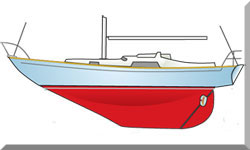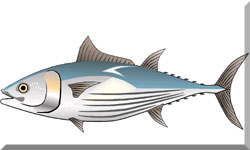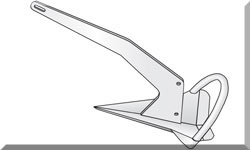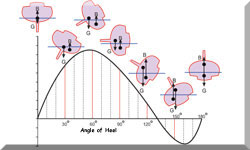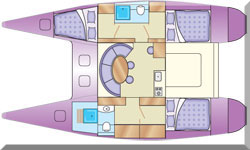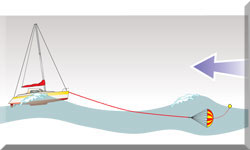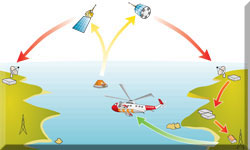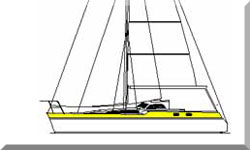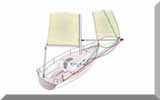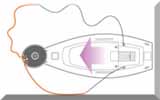- Home
- Etap Sailboats
Etap Sailboats: The Unsinkable Legacy of Belgian Innovation
The call of the open water captivates many, yet for some, a lingering concern about safety often whispers in the back of their minds. That's where Etap sailboats, a Belgian yacht builder, truly shone.
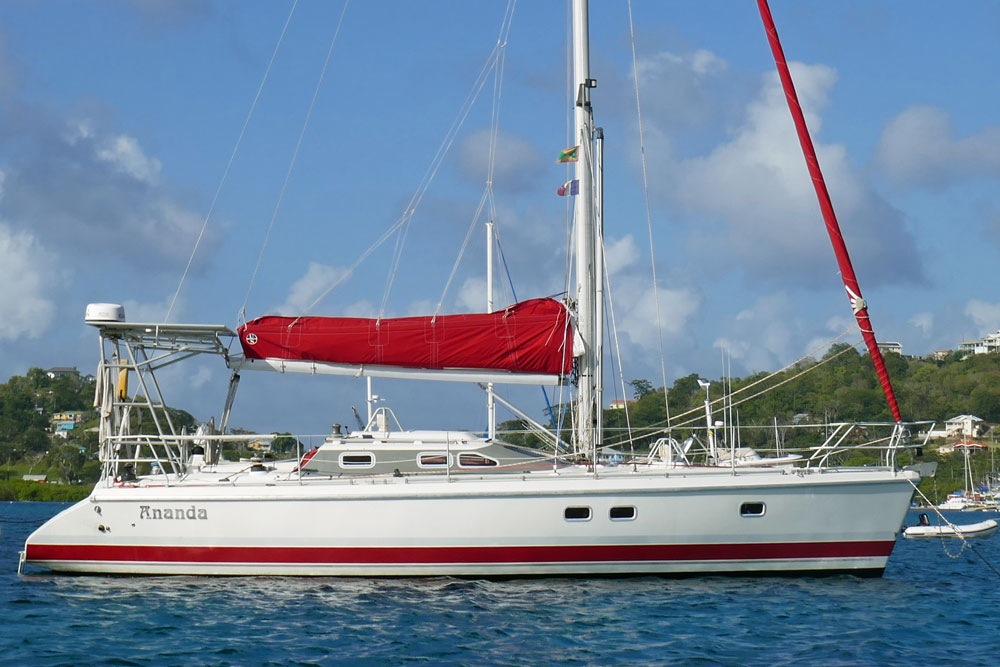 The Unsinkable Etap 38i
The Unsinkable Etap 38iThey carved out a unique niche in the sailing world by offering something genuinely revolutionary: "unsinkable" sailboats. This commitment to safety, far more than just a catchy slogan, coupled with clever design and rock-solid construction, cemented the reputation of Etap sailboats as a respected name among recreational sailors, leaving behind a lasting legacy of confidence and comfort.
Etap's Humble Beginnings
Believe it or not, Etap Yachting began its journey in 1970 in Malle, Belgium, under the guidance of Norbert Joris. The broader Etap Group actually had its fingers in a variety of industrial pies, including lighting, aluminum, and fiberglass goods. This diverse industrial background, particularly in fiberglass fabrication, provided a robust springboard for Etap Yachting's future success. The company officially ventured into sailboat production in 1974 with the launch of the Etap 22. From day one, their vision was crystal clear: build modern cruising boats that offered unmatched safety, primarily through their ingenious unsinkable design.
For nearly four decades, Etap sailboats consistently pushed the envelope in sailboat safety and comfort. However, like many businesses, they faced choppy waters during the Great Recession, leading to their acquisition by German company Dehler in 2008. Both companies, unfortunately, declared bankruptcy in 2009. While the Etap brand and molds were reportedly snapped up by MIC Industries that same year, production seems to have wound down around 2012. Despite this eventual end to production, Etap's influence on sailing safety and design remains undeniable, with over 7,000 Etap sailboats built and sold globally.
The Unsinkable Advantage: Etap's Core Innovation
Etap's design philosophy was unequivocally simple yet profound: "Safety at Sea Without Compromise." This unwavering dedication led to their most defining and groundbreaking characteristic: the unsinkable double-hull construction. How did it work? They injected closed-cell polyurethane foam between an inner and outer hull. This non-porous foam provided enough buoyancy to keep the yacht afloat and upright, even if the outer hull was severely damaged or completely swamped. This revolutionary technology even earned Etap sailboats the rare distinction of being certified unsinkable by the French Merchant Marine—a true testament to their rigorous approach to safety. There are even tales of Etap boats successfully crossing the English Channel with through-hull fittings wide open, showcasing their extraordinary buoyancy.
But the double-skin construction offered more than just unsinkability. It also provided excellent thermal and acoustic insulation, which meant wonderfully condensation-free interiors—a highly desirable feature for comfortable cruising in any climate. This "ship-in-ship" construction also contributed to a stiffer and more structurally sound vessel, a hallmark of quality Etap sailboats.
Etap wasn't shy about collaborating with talented external naval architects. Early models often featured designs by Jacques de Ridder, while later, many of their popular "i" and "s" series boats, like the Etap 30i and Etap 37s, were penned by French naval architects Mortain & Mavrikios. These partnerships ensured that innovative construction techniques were perfectly matched with modern, efficient hull forms. Their designs frequently showcased flush decks, clean lines, and an emphasis on ergonomic deck layouts that made handling a breeze, even for single-handed sailors.
Built to Last: Construction and Quality of Etap Sailboats
Etap's construction methods directly mirrored their safety-first philosophy. Hulls and decks were primarily built from GRP (glass-reinforced polyester), utilizing that distinctive double-skin, foam-sandwich technique. The outer skin was a conventional polyester E-glass laminate with an iso-NPG gelcoat, while the inner hull was reverse-molded to create a smooth, finished surface, eliminating the need for a separate liner. High-stress areas, such as where hardware was attached or stanchion bases were mounted, received extra reinforcement with aluminum backing plates—a detail common to robust Belgian yachts.
The hull-to-deck joint, a crucial structural point, employed a robust "shoe box" style design, combining mechanical fasteners with resin bonding for enhanced stiffness. For a touch of aesthetic appeal and added protection, the seam was capped with an alloy and plastic extrusion that cleverly doubled as a rub rail. Etap's commitment to quality also shone through in details like the use of TBS anti-skid material on high-traffic deck areas, known for its effectiveness and comfort, and thoughtfully designed toe rails with integrated cleats. While the foam core did eat into some traditional storage spaces, particularly under berths, it was a worthwhile trade-off for the paramount safety feature provided by these Etap sailboats.
Popular Etap Models and Their Evolution
From their earliest days, Etap offered a diverse range of models, catering to everything from zippy day sailors to capable offshore cruisers. Each new model reinforced the reputation of Etap sailboats for innovation.
The Etap 22, launched in 1974, was the company's foundational model and proved incredibly popular, with 1830 units eventually built. Designed by E. G. van de Stadt, this trailerable sailboat was celebrated for its flush deck and often featured a lifting keel option, making it wonderfully versatile for both coastal cruising and exploring inland waters. Its fractional sloop rig offered a sweet spot of performance and ease of handling, an excellent choice for novice sailors.
The Etap 28i truly embodied the brand's core values in a more substantial package. This well-designed cruiser packed a surprising amount of interior comfort for its size, boasting a clever layout that included a cozy saloon, a practical galley, and a private aft cabin. Its excellent sailing abilities, combined with the unsinkable construction, made it a go-to for those prioritizing safety and easy handling, even when sailing solo. A shallow keel option further expanded its cruising horizons, making it a highly desirable cruising sailboat.
Moving up the ladder, the Etap 32i (produced from 1992 to 2000, with 150 built) continued Etap's dedication to comfortable and safe cruising. Featuring a fractional sloop rig and fin keel, the 32i was engineered for balanced performance, proving reasonably stiff and stable. It offered good interior volume for its length, making it well-suited for extended coastal adventures. Some versions even sported a "performance shoal draft" keel, aiming to blend efficiency with reduced draft.
The Etap 38i, with 95 units built until production wrapped up in 1997, marked Etap's foray into larger cruising yachts. While still embracing the unsinkable construction, the 38i was designed with longer passages squarely in mind. It featured a masthead sloop rig and a fixed wing keel, striving for a balance of stability and performance. The interior could comfortably sleep up to six, with a double berth forward, L-shaped and straight settees in the main cabin, and an aft double berth. The 38i was generally considered a capable small passagemaker, though its design might call for early reefing in stronger winds due to its displacement-to-length ratio.
Later Etap sailboats, often dubbed the "s-series" (think Etap 34s, Etap 37s, 39s), continued to refine the concept. These frequently featured "tandem keels" developed in collaboration with Mortain & Mavrikios. This innovative keel design aimed to deliver excellent sailing qualities with a reduced draft by positioning two shorter keels linked by a wing-bulb profile, providing increased lift and stability.
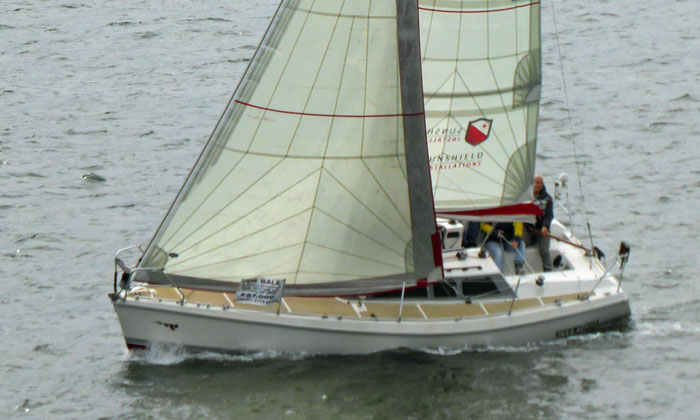 Etap 28i
Etap 28i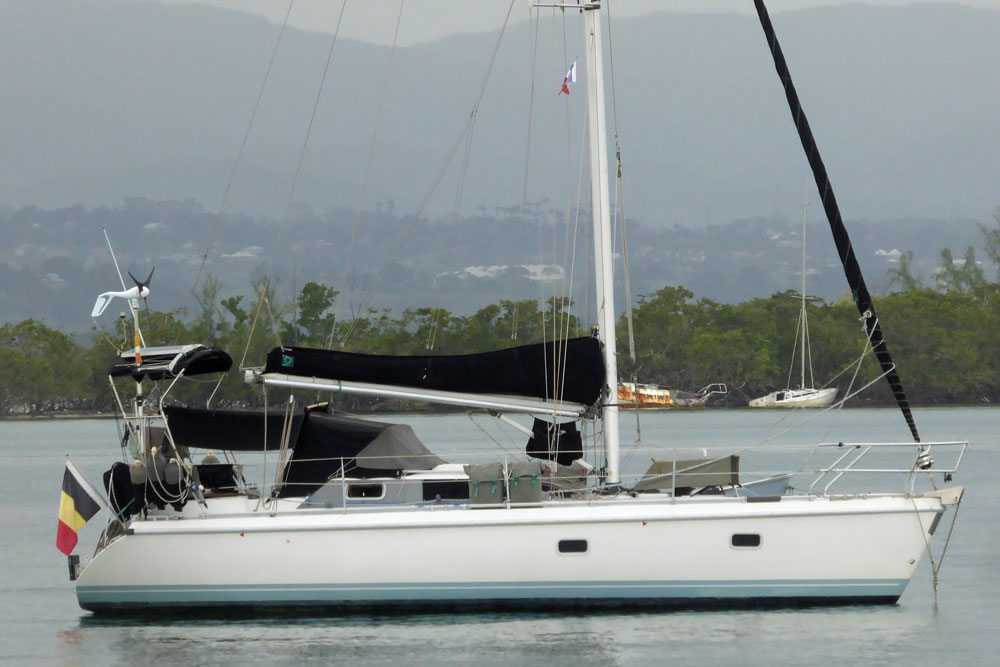 Etap 32i
Etap 32iOn the Water: Performance and Comfort of Etap Sailboats
Etap sailboats were, by and large, well-regarded for their sailing characteristics. While they weren't typically designed as flat-out racers, they offered a stiff, stable, and easily handled ride. The synergy of efficient hull shapes and well-balanced rigs, often 7/8 fractional Selden rigs, contributed to solid upwind performance and impressive responsiveness. The unsinkable construction, despite adding some weight, undeniably contributed to their inherent stability, a key feature for any cruising sailboat.
The "i" and "s" series, in particular, emphasized ease of handling, with control lines frequently led back to the cockpit for effortless single-handed operation. The removable mid-cockpit traveler, a feature on some models, was a clever design touch that maximized cockpit space when entertaining at anchor.
Below deck, Etap sailboat interiors struck a lovely balance between modern and traditional aesthetics. They were characterized by intelligent space utilization, often showcasing light-colored wood joinery (like beech) that created a bright and inviting ambiance. Even with the foam-filled voids, Etap designers managed to craft surprisingly comfortable and practical layouts. Galley designs frequently included Corian® countertops and double sinks. The condensation-free environment was a huge comfort factor, especially for those cruising in diverse climates. While storage could sometimes be a trade-off in certain areas due to the double-hull, smart solutions were usually implemented to make the most of every available inch.
Owning an Etap: What to Expect
Etap sailboats earned a stellar reputation in the sailing community for their safety, build quality, and innovative design. Their "unsinkable" feature alone truly set them apart, drawing in a demographic that prioritized security and peace of mind at sea. This robust reputation has generally translated into strong resale values in the used boat market. For anyone looking for used Etap sailboats, their durable construction makes them a sound investment.
Even though production has ceased, a vibrant and supportive community of Etap owners thrives. Online forums and Facebook groups dedicated to Etap sailboats offer invaluable resources for owners to swap experiences, offer advice, and track down parts or information. This strong owner community is a powerful testament to the enduring appeal and reliability of these boats.
However, a balanced perspective necessitates acknowledging potential challenges. As with any used boat, age naturally brings its own set of maintenance considerations. Specific issues might involve checking for moisture ingress into the foam core if the outer hull has suffered significant, unaddressed damage, though the closed-cell nature of the foam makes this less of a concern than with open-cell foam. The cost of certain specialized Etap-specific parts could also be a factor, though many components are standard marine equipment. The use of aluminum alloy rudder stocks, while lighter, should prompt a thorough check for corrosion in older models.
The Enduring Legacy of Etap Sailboats
In a nutshell, Etap sailboats represent a truly unique and commendable chapter in yacht building history. Their unwavering dedication to safety through groundbreaking unsinkable construction, coupled with thoughtful design and solid build quality, birthed a range of yachts that instilled confidence and comfort in recreational sailors. While they're no longer rolling off the production line, the spirit of Etap lives on in the thousands of well-built, safe, and utterly enjoyable Etap sailboats still gracing waters worldwide, continuing to deliver pleasant and secure sailing experiences for their fortunate owners.
Sources & References
- Etap - Doeve Makelaars
- Etap for sale at De Valk Yacht Brokers
- ETAP Yachting - Wikipedia
- Facts about ETAP Yachting
- Etap 34s: Unsinkable Etap - boats.com
- The Unsinkable ETAP 32s - Canadian Boating
- ETAP 28s Construction Details - Practical Sailor
- 2010 - Etap Yachting
- ETAP 22 - Wikipedia
Recent Articles
-
Passoa 47 Sailboat Review: Comprehensive Specs & Performance Analysis
Jan 04, 26 04:57 AM
Discover the Passoa 47, a legendary aluminium blue water cruiser by Garcia. Explore technical specifications, design ratios, and why its lifting keel is a game-changer for offshore sailors. -
Sailboat Wheel Steering Maintenance & Inspection Checklist
Dec 30, 25 02:32 PM
Keep your vessel’s helm responsive and reliable with our expert maintenance checklist. Master cable tensioning and system inspections to avoid mid-passage failures. -
Modern Boat Electronics and the Latest Marine Instruments
Dec 20, 25 05:27 PM
Should sailboat instruments be linked to the latest boat electronics as a fully integrated system, or is it best to leave them as independent units?


